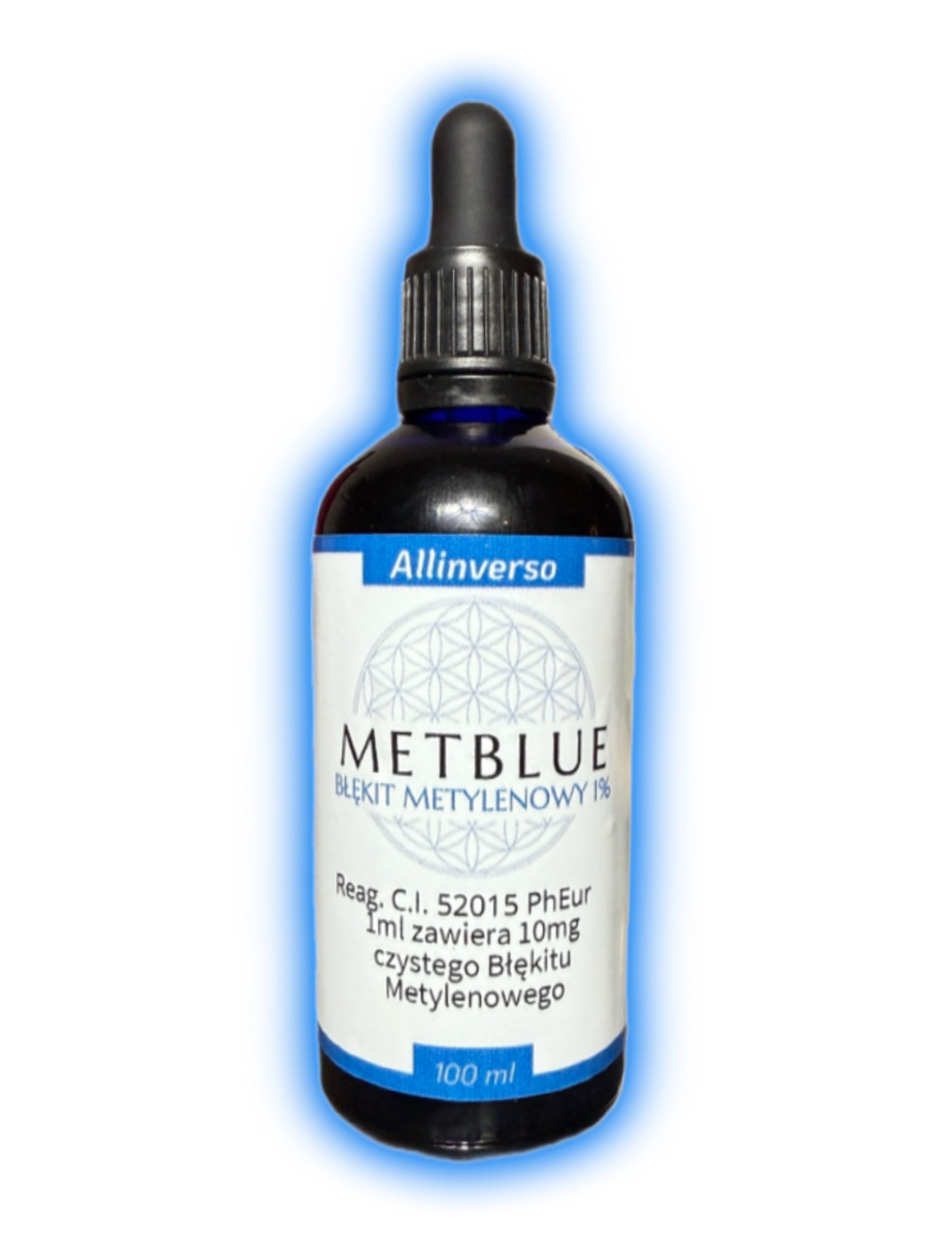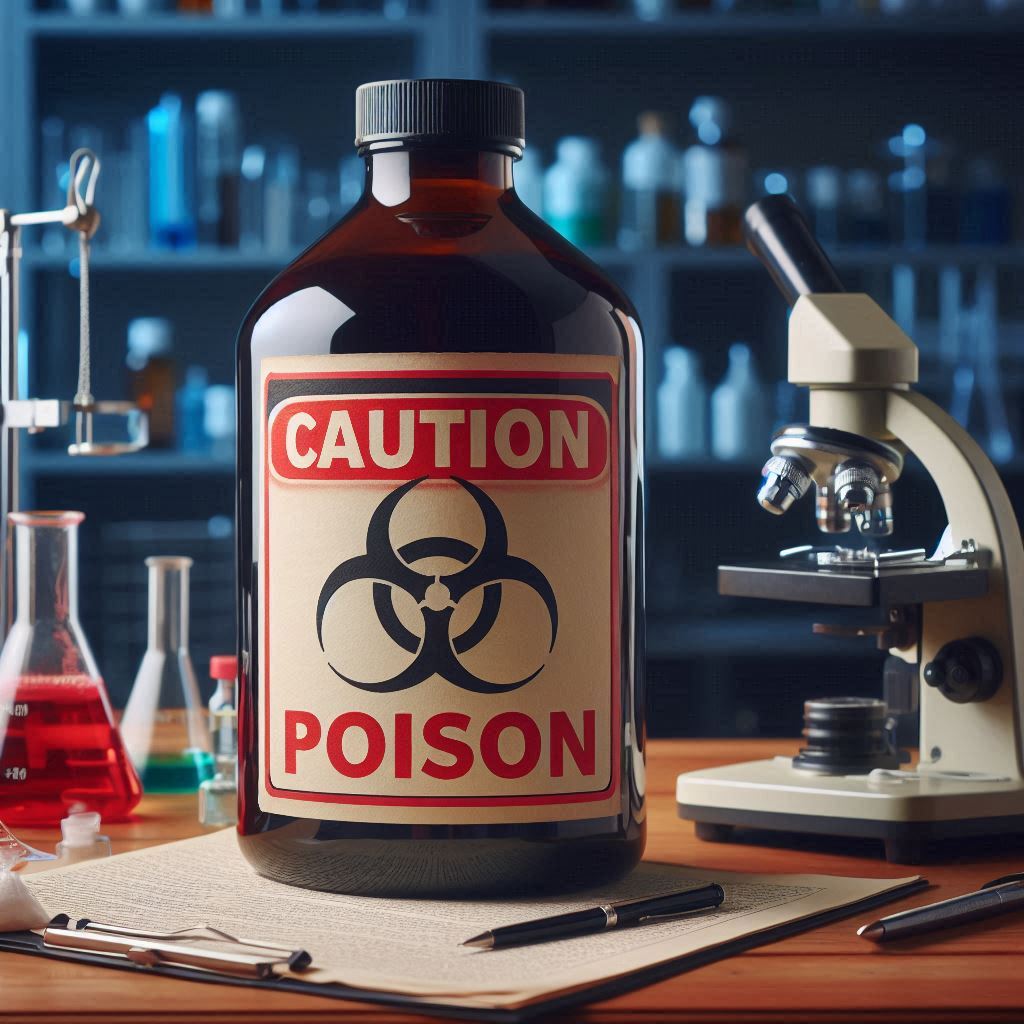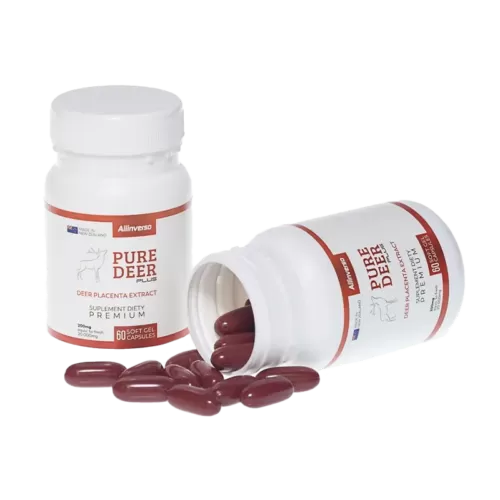METBLUE – Your health in a new light
METBLUE is a 1% methylene blue solution with proven health benefits. Thanks to its antibacterial, anti-inflammatory and antioxidant properties, it supports the body in the fight against infections and inflammation. As a monoamine oxidase inhibitor (MAOI), it may have a beneficial effect on mood and improve cognitive functions, which makes it useful in the treatment of depression and other mood disorders.
Studies have also shown its potential to increase cellular energy production by supporting the functioning of mitochondria, which may help fight chronic fatigue as well as counteract the aging process. METBLUE, thanks to its ability to increase the supply of oxygen to tissues, also supports the body in the treatment of methemoglobinemia and may prove to be a valuable support in the treatment of neurodegenerative diseases such as Alzheimer's or Parkinson's.
METBLUE – support health at the cellular level and enjoy new energy every day!
The preparation is sold as a dye and as a chemical and analytical reagent. Purity in accordance with the European Pharmacopoeia
Capacity: 100ml
EAN (GTIN): 5907046463873
Composition: 99% demineralized water
1% of the highest quality pure methylene blue> 99%
ATTENTION:
Strongly staining solution! Indelible in fabrics and clothing.
Store in a dry and dark place out of the reach of small children














